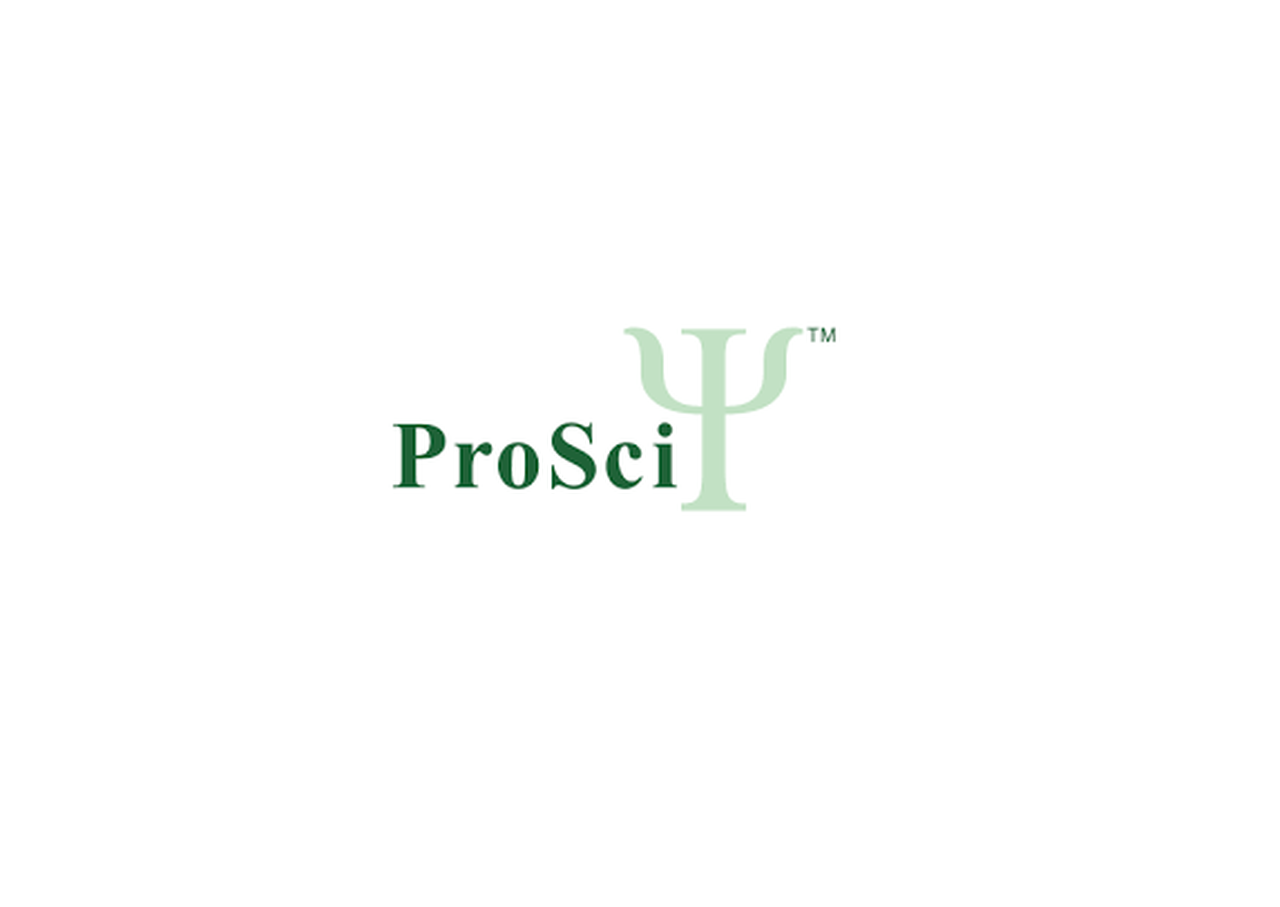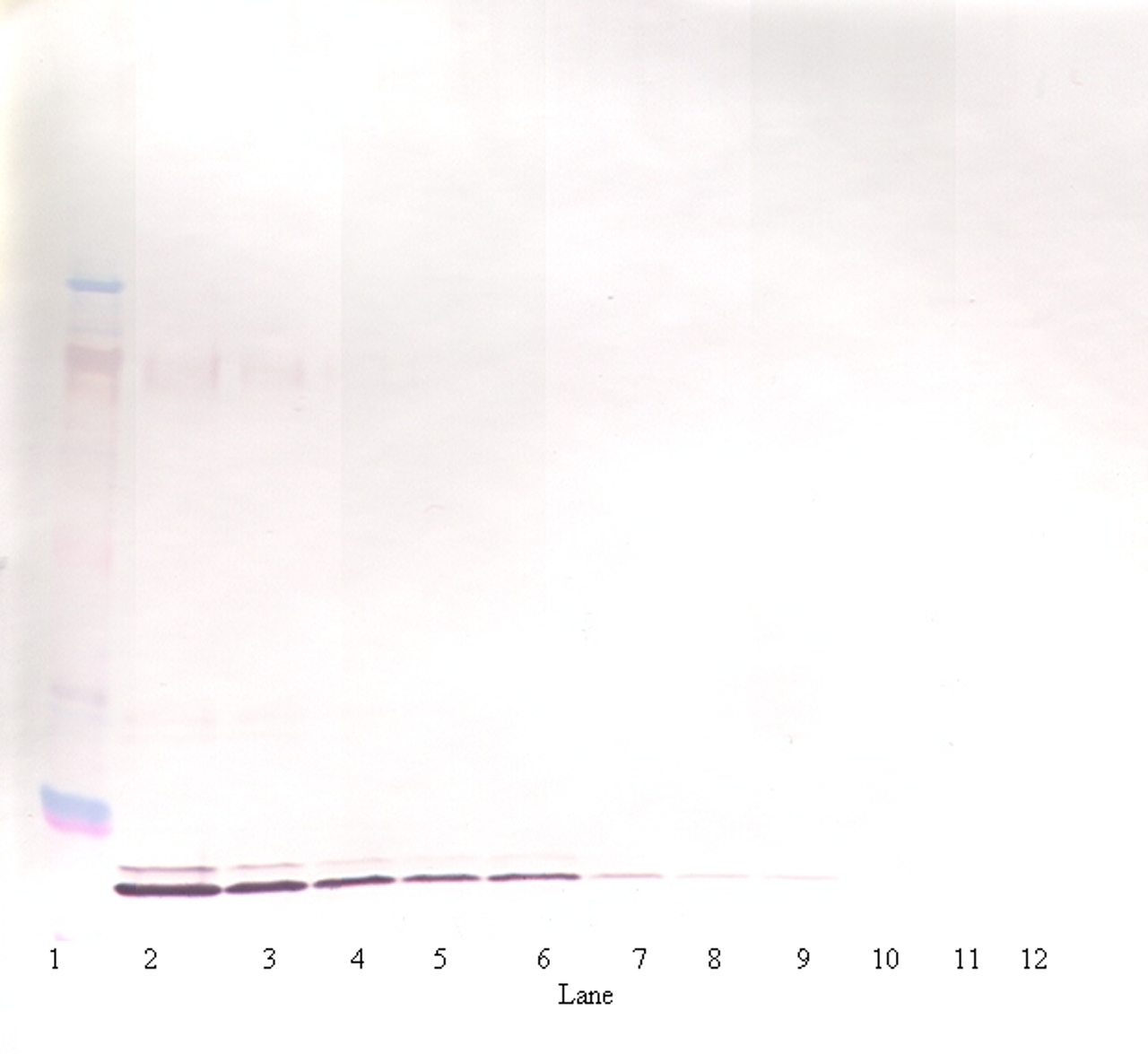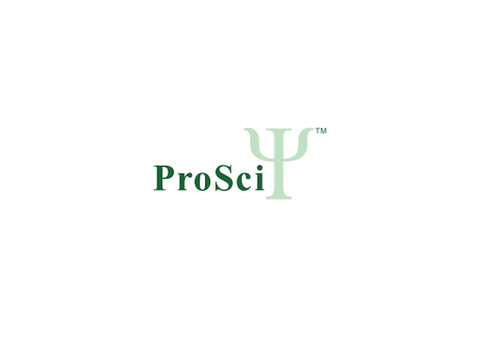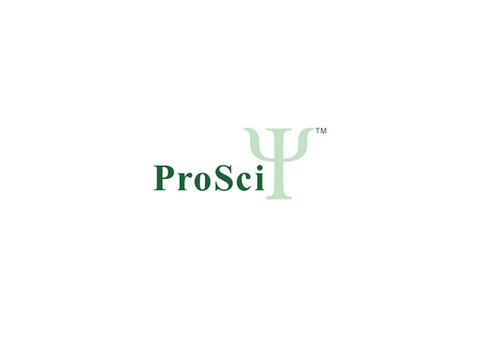Product Description
IL-19 Antibody (biotin) | 38-132 | ProSci
Host: Rabbit
Reactivity: Human
Homology: N/A
Immunogen: Produced from sera of rabbits pre-immunized with highly pure (>98%) recombinant hIL-19. Human IL-19 specific antibody was purified by affinity chromatography and then biotinylated.ced from sera of rabbits pre-immunized with highly pure (>98%) recombinant hIL-19. Human IL-19 specific antibody was purified by affinity chromatography employing immobilized hIL-19 matrix.
Research Area: Immunology, Chemokines & Cytokines, Antibody Pairs
Tested Application: E, WB
Application: ELISA:
Sandwich:
To detect hIL-19 by sandwich ELISA (using 100 μL/well antibody solution) a concentration of 0.25 - 1.0 μg/mL of this antibody is required. This biotinylated polyclonal antibody, in conjunction with our polyclonal Anti-Human IL-19 as a capture antibody, allows the detection of at least 0.2 - 0.4 ng/well of recombinant hIL-19.
Western Blot:
To detect hIL-19 by Western Blot analysis this antibody can be used at a concentration of 0.1 - 0.2 μg/mL. Used in conjunction with compatible secondary reagents the detection limit for recombinant hIL-19 is 1.5 - 3.0 ng/lane, under either reducing or non-reducing conditions.
Specificiy: N/A
Positive Control 1: N/A
Positive Control 2: N/A
Positive Control 3: N/A
Positive Control 4: N/A
Positive Control 5: N/A
Positive Control 6: N/A
Molecular Weight: N/A
Validation: N/A
Isoform: N/A
Purification: N/A
Clonality: Polyclonal
Clone: N/A
Isotype: N/A
Conjugate: Biotin
Physical State: Lyophilized
Buffer: N/A
Concentration: N/A
Storage Condition: IL-19 antibody is stable for at least 2 years from date of receipt at -20˚C. The reconstituted antibody is stable for at least two weeks at 2-8˚C. Frozen aliquots are stable for at least 6 months when stored at -20˚C. Avoid repeated freeze-thaw cycles.
Alternate Name: MDA1, NG.1, ZMDA1, IL-10C, Interleukin-19, Melanoma differentiation-associated protein-like protein, IL-19
User Note: Centrifuge vial prior to opening.
BACKGROUND: IL19 is a cytokine that belongs to the IL10 cytokine subfamily. This cytokine is found to be preferentially expressed in monocytes. It can bind the IL20 receptor complex and lead to the activation of the signal transducer and activator of transcription 3 (STAT3) . A similar cytokine in mouse is reported to up-regulate the expression of IL6 and TNF-alpha and induce apoptosis, which suggests a role of this cytokine in inflammatory responses. Little is known about the biologic function and gene regulation of IL19.
 Euro
Euro
 USD
USD
 British Pound
British Pound
 NULL
NULL












